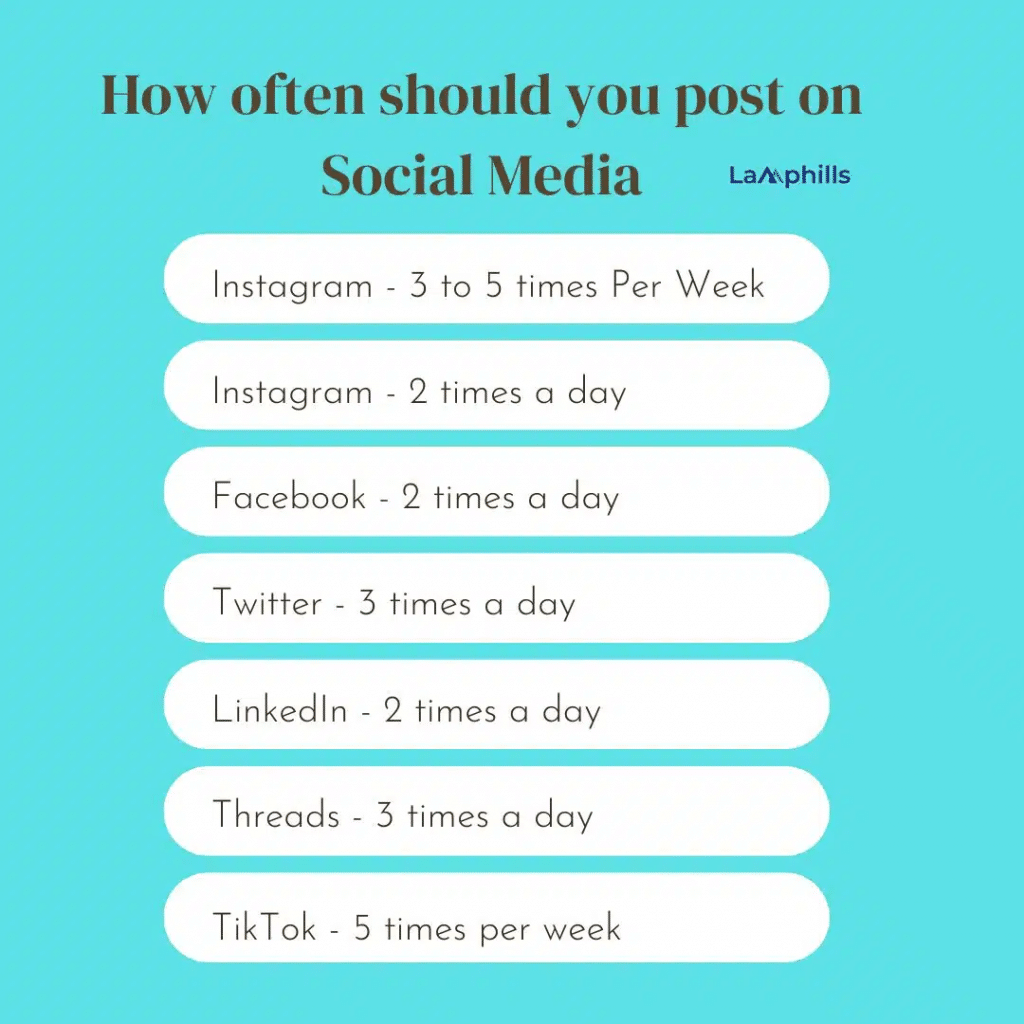Real-time campaigns, or RTM, is a modern-day marketing format that brands and businesses use to offer quick reactions to their target audience using interactive, responsive experiences. It allows you to converse back and forth with your audience, making every marketing endeavor a mutually beneficial exchange of ideas. Real-time marketing is about grabbing attention and making sure your brand is part of the conversations, whether it’s responding to events or your specific business.
In this post, we will examine what real-time marketing is, why it matters for your marketing strategy, examples, and effective techniques.
Key Points:
- Real-time marketing can lead to viral content that spreads organically, increasing brand visibility.
- Emotionally resonant content drives audience interaction, increasing engagement with your brand.
- By capturing attention during relevant moments, real-time marketing campaigns can increase website traffic and sales conversions.
- It encourages brands to use various content types across platforms, driving creative campaigns.
- Real-time marketing relies on timely responses and creativity, making it a low-cost but effective marketing approach.
What Is Real-Time Marketing?
Real-time marketing occurs when brands and marketers respond swiftly to events that take place online or offline to use marketing platforms to increase brand recognition or to include corporate marketing in consumer conversations through social media messages.
Real-time marketing focuses on responding instantly to audience demands and launching campaigns that address them at that same moment. Rather than utilizing a more traditional marketing strategy, which relies on assumptions about what your audience may like, real-time marketing enables you to take advantage of and add value to conversations, trends, and current events that relate to your brand.
Furthermore, this might include reacting swiftly to customer interactions on social media or hopping on a trend to promote your brand.
How Does Real-Time Marketing Work?
Real-time marketing focuses on the needs of the customer. It is not simply about following trends alone anymore. It examines all types of customer data and measures customer behavior for outreach. Brands can now experiment with various approaches to connect with their intended market.
Note that for real time marketing campaigns to be effective, the content must be sufficiently captivating. It is not enough to just provide the appropriate message on the right platform at the right moment; your content must be thought-provoking.
What Are The Benefits Of Real-Time Marketing?
You should aim to use real-time marketing to change the way your audience sees your products by making your brand appear funnier, or just more “human” than your competition. Real-time marketing, when used properly, will provide you with the following advantages:
#1. It Boosts Your Visibility And Recognition
No matter what kind of content you offer, it will go viral if it hits a chord with your audience. This functions similarly to free, self-spreading automatic advertising that propagates without your intervention.
Therefore, by using real-time marketing, you expand the audience for your company and connect with those you would not have the opportunity to. Your brand will be mentioned in the media if you make an exceptionally insightful real-time comment on a current occurrence.
Read Also: SUPPLY CHAIN VISIBILITY: Types and How To Improve Visibility
#2. It Increases User Engagement
Your real-time marketing campaigns will cause the audience to interact with your content if it simply evokes an emotional response in them. Therefore, you should post content that touches, enrages, or makes them laugh.
Read Also: How Brand Partnerships Can Improve Consumer Engagement and Business Growth
#3. It Boosts Traffic And Sales
Real-time marketing increases traffic to your website and, thereby, increases the likelihood of increased sales and conversions. Therefore, you should ensure that your UI and UX are easy to use. Your efforts could be in vain if your website is not visually appealing or if they find it difficult to navigate your website.
#4. It Allows For Creativity And Content Diversity
With real-time marketing, you are at liberty to be creative and offer various types of content. It encourages you to post a clever tweet on X or communicate with your audience through images on Instagram. Diversified content has enormous power that can connect you with the untapped market.

#5. It Creates A Feeling Of Immediacy.
You can modify your advertisements based on current affairs and trends to show customers how beneficial your product is right now. When this is the case, customers react to your product or service with a sense of urgency.
#5. Real-Time Marketing Is Cost-Effective.
Real-time marketing is the most cost-effective method of product or service marketing for small businesses because it doesn’t require a large budget. To connect your goods or services with current events and trends, you must be creative. Simply keep up with the most recent trends and consider how your organization might benefit from them. It will surely provide excellent outcomes at a low price.
Examples Of A Real-Time Marketing Strategy
With the following real-time marketing examples, you can understand how RTM operates and why it’s so successful.
#1. Coca-Cola’s “Real Magic at Christmas” campaign
Real-time marketing campaigns take advantage of trends and current events and focus on connecting with customers where they are at any given time. “Real Magic at Christmas” from the Coca-Cola campaign achieved just that.
Coca-Cola realized that many families might not feel comfortable going back to their yearly holiday mall trip to get photos with Santa. Coca-Cola recognized an opportunity because Santa Claus has been a mainstay of their Christmas marketing since the 1920s.
Therefore, the company allowed customers to request a personalized holiday greeting from Santa Claus himself by partnering with Cameo, an online fan engagement platform that lets fans request personalized videos from celebrities. The timely and innovative message was highly well-received and enabled families to make a lasting memory with their children during the holiday season.
This is a great example of anticipating customer needs, acting promptly, and deploying personalization on a large scale: the Real Magic campaign.
#2. Samsung capitalizing on Apple’s decision
Apple shocked everyone in 2020 when they announced that their iPhones would no longer come with chargers. As predicted, it received some negative feedback from customers. In response, Samsung quickly took action, reminding users that their Galaxy phones always come with chargers, which has allowed them to stay ahead of their rivals.
#3. Wendy’s real-time interactions on X
Wendy’s is a fantastic example of how to engage in conversation and display personality by always reacting to both their competitors and customers.
In one notable example from 2017, fan Carter Wilkerson asked Wendy’s half-jokingly how many retweets it would take to get free chicken nuggets for a year. Wendy’s saw the tweet and promptly replied with their response: 18 million. This became quite popular very fast.
This tweet received a lot of likes and engagement. Although it didn’t receive the desired 18 million retweets, it was still successful in winning him his chicken nuggets and became one of the most reshared tweets ever, generating a significant amount of organic exposure for Wendy’s.
#4. JetBlue Airways
JetBlue Airways uses real-time marketing campaigns to brilliantly engage with customers, living up to their slogan, “You above all.”
Once, a traveler thanked JetBlue for their services in a tweet about their flight experience on X. “Goodbye, California!” read the tweet. “Thanks @JetBlue for the #flyfi!”—started a conversation that ended with the traveler jokingly anticipating a welcome when they landed. Taking advantage of the chance, the JetBlue crew used customized signboards to greet the travelers at the airport. By sharing the updates online, they also made the stunt go viral and demonstrated JetBlue’s dedication to customer interaction and support.
How To Do Real-Time Marketing Campaigns?
You now know the basics of real-time marketing. It’s now time for you to become knowledgeable about real-time marketing best practices and apply them to enhance conversion and the number of people who view your content.
#1. Establish A Connection With Your Brand
This is important, as you won’t succeed at nailing RTM if your message is different from what you offer. Always remember and adhere to your brand principles when developing real-time marketing. Otherwise, your audience won’t buy it.
#2. Your Content Should Evoke Emotions
As was previously discussed, your real-time marketing needs to elicit strong feelings like amazement or curiosity if you want it to become viral. This is a collection of feelings that you might wish to try while making RTM.
#3. Move Quickly
Real-time marketing that is posted days after the event is hardly ready to go. Such late content is viewed by the audience as unfunny, dull, and occasionally even aggravating. Being the first is usually more advantageous in real-time marketing than being the greatest.
However, this doesn’t mean that you should be rash; therefore, you may have to wait a little while longer for something more appropriate to come up if you have nothing witty to say because the current events have no bearing on your brand at all.
#4. Include CTAs
When your real-time marketing succeeds in becoming viral, you should include a call to action (CTA) that complements the point or notion you wish to make in your writing. Just like the Wendy example given above, you can request that your audience act to create awareness.
Read Also: Crafting CTAs That Convert: Perfecting the Press Release CTA for Explosive Growth
#5. Get the Graphics Ready.
In some circumstances, like national holidays or seasonal events, it’s considerably better to prepare real-time marketing graphics a few weeks earlier. This way you give yourself more time to get it right and nail it.
Therefore, you should examine all the occasions and holidays on a calendar to see which ones you can utilize for your content marketing plan.
#6. Select the Right Platform
One of the primary goals of real-time marketing is to reach your audience as quickly as possible, so consider which platform might assist you in doing so. Therefore, you should consider whether your target audience is more active on your blog, Instagram, or X than any other medium.
#7. Stay Away From Controversial Topics
You need to be thoughtful when making marketing comments about politics, religion, or sexuality. If not, it will negatively bounce back against your brand. It could be better to step down rather than have your company linked to a contentious concept.
#8. Understand the Subject
You must be fully informed about the subject of your comments. A hazy understanding of a certain campaign or piece of news could seriously harm your brand. Therefore, you should stay up-to-date on the most recent occurrences.
#6. Continue To Be Involved After Publishing.
Active participation is essential to real-time marketing. Therefore, after posting content, you should follow up on the feedback from your audience. Keep an eye on comments, monitor website analytics, and be prepared to modify your plan of action as necessary. Recall that real-time marketing is an ongoing dialogue, and you may improve your ability to focus your efforts by actively engaging in it.
What Is The Goal Of Real-Time Marketing Campaigns?
It Improves Customer Experience: This means that brands can react to questions and grievances from customers promptly thanks to real-time marketing, which enhances the customer experience as a whole. Brands may enhance consumer loyalty and foster closer ties with their audience by communicating in a timely and relevant manner.
Note that a well-structured marketing strategy ensures that your business targets the right audience, uses appropriate channels, and has clear goals. Here’s a comprehensive marketing Strategy Checklist to guide you through the process.
Related Articles:
The Importance Of Email Marketing: Best Practices for Making The Most Of Your Email Campaigns
Effective Tips for Successful Webinar Marketing: Best Strategies for 2024
15 Marketing Video Examples to Inspire Your Next Campaign
How Audience Behavior Analysis and Measurement Can Improve Your Marketing Strategies






